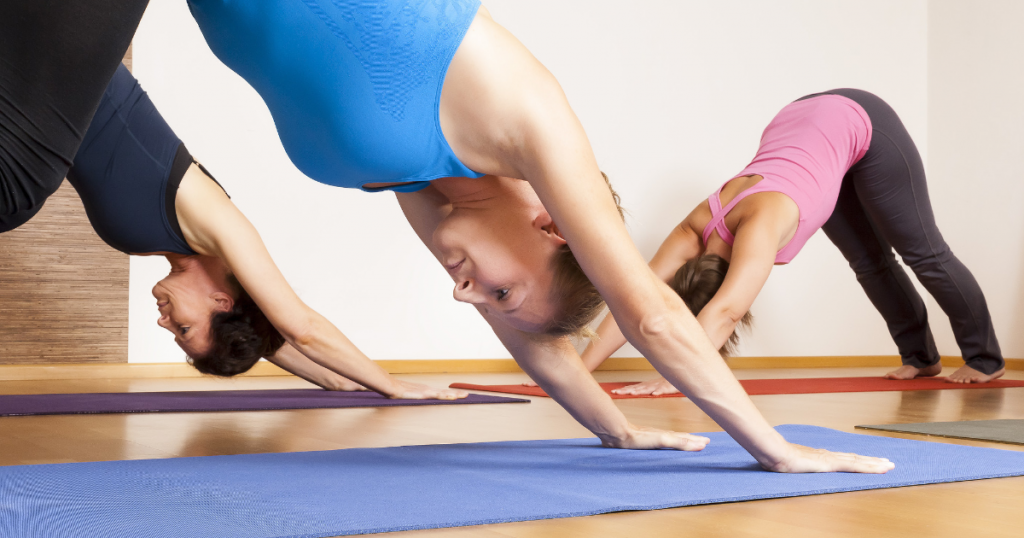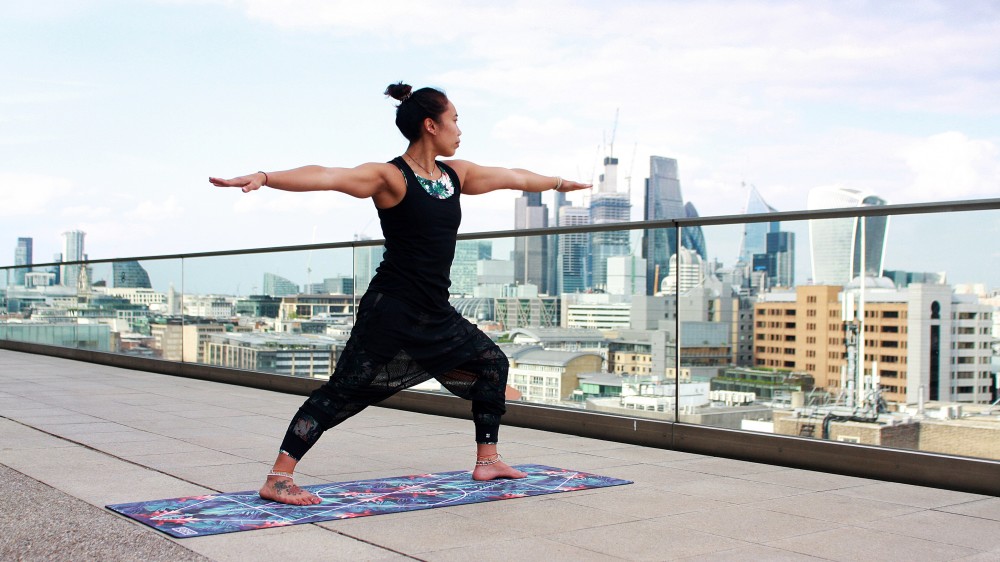Psoriatic arthritis (PsA) is a chronic condition that can cause swollen joints, stiffness, and pain, making it difficult to move. There’s no cure for PsA, but regular exercise can help you manage your symptoms and feel better.
Some types of physical activity may work better for you than others. Yoga is a gentle, low-impact form of exercise that can be adapted to your individual abilities. Research also suggests it can provide relief from symptoms like pain that are associated with PsA.
Here’s what you should know about yoga for PsA, along with some poses to try.
Yoga for psoriatic arthritis
Yoga allows you to build strength, flexibility, and balance without placing a lot of stress on your joints. Plus, there’s no minimum fitness level required to get started.
It’s important to be mindful about your body throughout your practice. Some poses might have twists and bends that could worsen PsA symptoms like pain.
The good news is that most yoga poses can be modified to suit your needs. You can also use props, like blocks and straps, to help you throughout your practice.

Yoga poses for psoriatic arthritis
Yoga classes will usually involve a variety of poses, or asanas. Here are some of the best poses for people with PsA:
Seated Spinal Twist. Sit in a chair with a high back. Bend your knees at a 90-degree angle and place your feet flat on the ground. With your hands on your thighs, gently turn the upper part of your body to one side and hold for a few moments. Release and repeat on the other side.
Bridge. On a flat surface, lie on your back with your arms stretched flat along your side, knees bent, feet on the ground about hips-width distance apart, and ankles close to your buttocks. Press down into your feet to lift your hips up for a few seconds, then lower.
Cat-Cow. Start on a flat surface with your hands and knees on the ground and your back in a neutral position. Your knees should be directly under your hips and your hands should be right below your shoulders. Get into cat pose by rounding your back and tucking your head in slightly. Return to neutral, then shift into cow pose by lowering your belly, arching your back, and gazing up toward the ceiling. Gently alternate between the poses for a spinal stretch.
Cobbler’s Pose. Sit tall on a flat surface with the soles of your feet touching each other and your knees bent outward. Keeping your chest up, start to bend forward from the hips while using your elbows to put pressure on your thighs for a stretch.
Standing Forward Fold. Stand tall with your shoulders broad and your knees slightly bent. Keeping your back as straight as possible, start to bend forward from the waist. Release your arms and let them dangle toward the floor. Hang there for a few moments, then slowly rise back up, one vertebra at a time.
Warrior II. Step your feet almost as wide apart as the length of your mat, with your front foot facing forward and your back foot angled out about 45 to 90 degrees. Face your hips and upper body in the same direction as your back foot and raise your arms to the height of your shoulders, stretching them out to either side. Bend your front knee to a 90-degree angle and hold for 30 to 60 seconds. Repeat on the opposite side.
Baby Cobra. Lie stomach-down on a flat surface, keeping the tops of your feet pressed against the floor. Press your palms flat either under your shoulders or slightly out in front of you, bending your elbows in close to your body. Gently lift your head, neck, and chest off the floor while engaging your upper back muscles.
Source: https://www.healthline.com/
